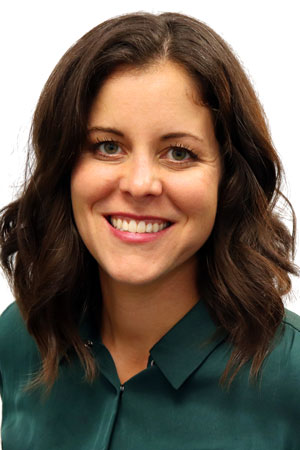Energy code rules vary by locale, project scope

4 years, 9 months ago

AIA, LEED AP, NCARB
By Ellen McCulley, AIA, LEED AP, NCARB
Nelson Design, Inc.
Energy codes delineate a minimum standard for building energy performance in order to optimize the use of fossil fuels and other natural resources. The two organizations that create energy codes are the International Code Council (ICC) and the American Society of Heating Refrigerating and Air-Conditioning Engineers (ASHRAE). They both publish codes on a three-year cycle. The latest edition of the ICC energy code, the International Energy Conservation Code (IECC), was published in 2018. The latest ASHRAE code, ANSI/ASHRAE/IES Standard 90.1 Energy Standard for Buildings Except Low-Rise Residential Buildings, was published in 2019. Each successive publication has more restrictive requirements to improve energy performance and reduce building emissions, thus benefitting both the building owner and the surrounding community. Both aforementioned codes set minimum requirements for the design of the building envelope, mechanical systems, as well as the lighting and power systems.
Adoption and Enforcement
The federal government has not adopted any energy nor building codes. Therefore, codes are typically adopted and enforced on a statewide and/or local basis. For example, the state of Iowa has adopted the 2012 edition of the IECC while Illinois has adopted the more recent 2018 edition. Some states, such as Missouri, have not adopted a statewide energy code and leave it up to the local counties or municipalities to adopt and enforce. Regardless of project location, both the state and local codes need to be identified as they sometimes differ. For example, Des Moines has adopted a more recent, and thus stringent, edition of the IECC than the state of Iowa.
The IECC chapter 4, Commercial Energy Efficiency, gives the option of complying with the IECC or the requirements in ANSI/ASHRAE/IES Standard 90.1. Due to the timing of when the codes are published, the ASHRAE 90.1 edition referenced is two years older than the IECC.
Applicability
How extensively energy code applies to a project depends not only on the locale, but also on the type of construction.
New Construction
New construction needs to meet the requirements of the IECC, with a few exceptions. Low-energy buildings do not need to meet the building thermal envelope provisions. Low-energy buildings include those that do not contain conditioned space and those with a peak design rate of energy usage less than 3.4 Btu/h*sf2 of floor area for space conditioning. It is very challenging to meet this energy use threshold; therefore, most buildings need to meet the building thermal envelope requirements.
Existing Buildings
Existing buildings and systems that met code at the time they were constructed do not need to be altered, abandoned or removed unless triggered by new work within the building.
Additions
Additions to an existing building need to comply with the same requirements as new construction. The existing, unaltered portion of the building do not need to meet the code.
Renovations
Renovations also need to comply with the requirements for new construction, with some exceptions. Unaltered portions of the existing building do not need to comply.
Learn more
As always, please contact Carl A. Nelson & Company if you need assistance regarding energy code compliance in your next building project.
ABOUT THE AUTHOR
Ellen McCulley graduated magna cum laude with a Bachelor of Architecture from Iowa State University where she received the Pella Architectural Award from the Department of Architecture. She is a registered architect in Iowa and Illinois. Ms. McCulley joined Carl A. Nelson & Company in 2012. Learn more by calling Ellen at 319-754-8415, or write to canco@carlanelsonco.com.